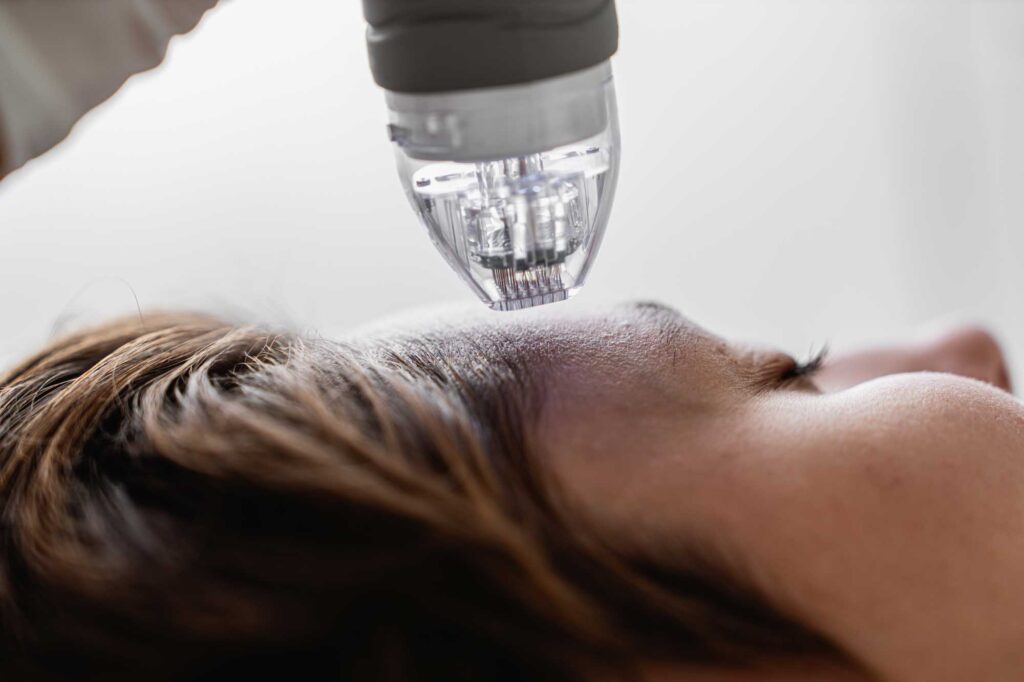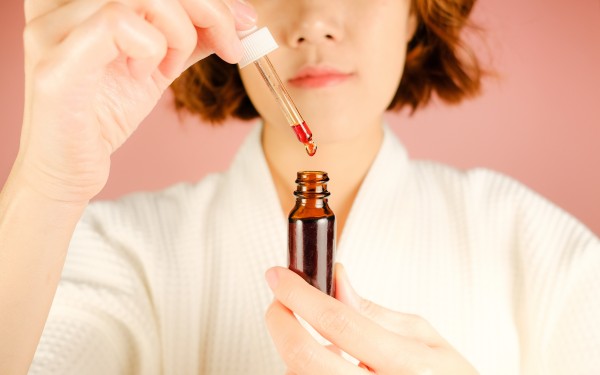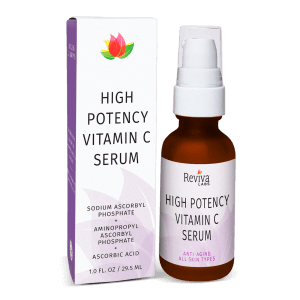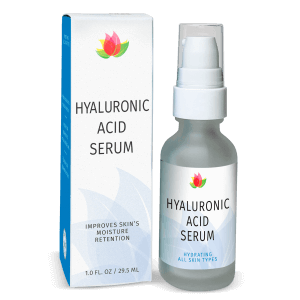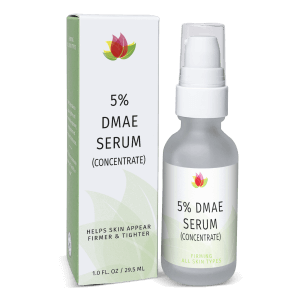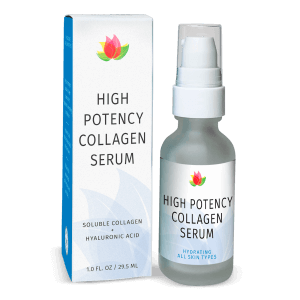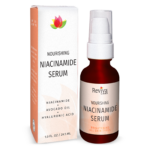Clean Beauty, Natural, Skin Care
Microneedling and Mature Skin: What’s Worth Knowing Before You Try It
While there’s no magic formula to reverse time, microneedling has quietly earned a reputation for helping mature skin look fresher, tighter, and more awake. It’s not a celebrity secret anymore, and you don’t need to visit a high-end clinic to experience it.
But is it worth trying, especially if your skin is showing more signs of aging? And how do you know if doing it yourself at home is a smart move? Let’s unpack the science, the results, and the risks – especially when it comes to aging skin that might need a gentler approach.
What Is Microneedling, Really?
Microneedling uses a tool with dozens of very small, sharp needles that puncture the skin’s surface. These micro-injuries don’t cause damage – they prompt the skin to start healing. That healing includes increasing collagen and elastin, two proteins that are essential for keeping skin firm, smooth, and elastic.
As we get older, our skin stops producing as much collagen. That’s why wrinkles start forming and the skin thins out. Microneedling encourages the skin to pick up that slack and regenerate more like it used to.
There are two main routes: professional treatments performed by a trained provider using deeper-penetrating devices, or at-home options with shorter needles and milder results.
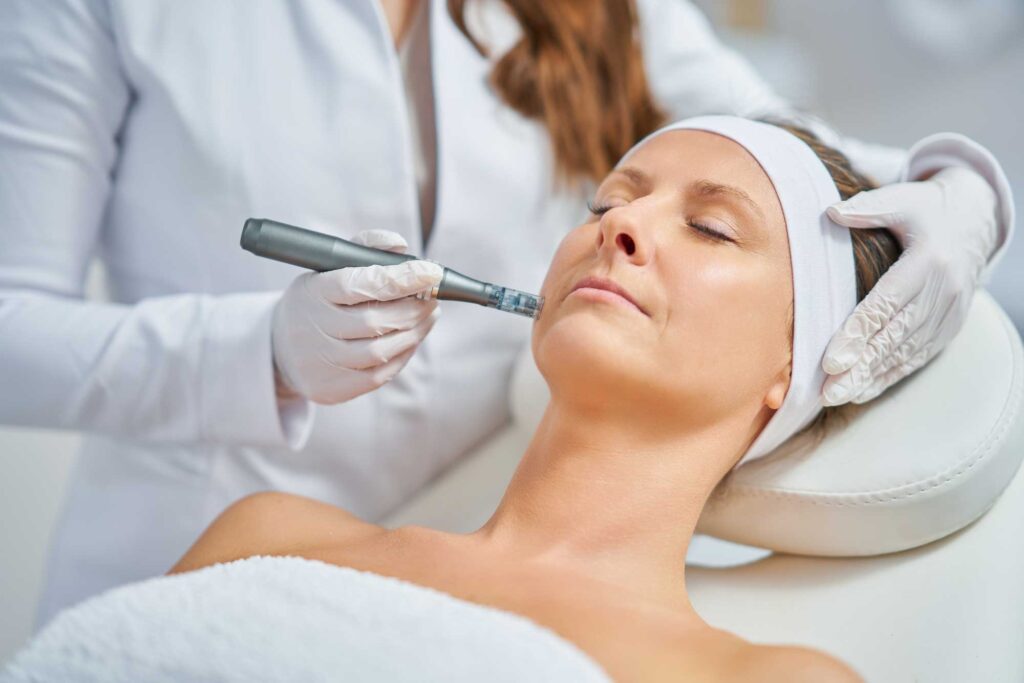
Why Mature Skin Responds Differently
The skin we have at 50 doesn’t react the same way it did at 25. Aging skin is thinner, drier, and slower to recover. That matters when it comes to microneedling.
The process still works on mature skin, but results can take longer to appear. Healing may be slower, and sessions should be spaced farther apart to give your skin enough time to bounce back. It’s also easier to irritate aging skin, so pre- and post-care need to be handled with more intention.
None of that makes microneedling a bad idea for mature skin. But it does make preparation and product choice more important than ever.
Why People Choose Microneedling as They Age
People are drawn to microneedling because it improves texture and tightness without the downtime of surgery or the long recovery of ablative lasers. Here’s what makes it a solid option for mature skin:
- Wrinkle softening: Collagen production increases in response to microneedling, helping to plump up fine lines and deeper creases over time.
- Texture improvement: Skin becomes more even and less rough, especially in areas where crepey skin shows up – like under the eyes or around the mouth.
- Pore size reduction: Yes, even in older skin, enlarged pores can be minimized because microneedling helps tighten the overall skin structure.
- Better absorption of skincare products: Microneedling creates temporary channels that allow serums and active ingredients to go deeper into the skin.
One clinical study published in the Journal of Clinical and Aesthetic Dermatology showed that after four microneedling sessions spaced one month apart, participants aged 35–65 saw statistically significant improvement in skin texture, elasticity, and fine lines.
What You Should Know Before You Start
There are a few key things to think about, especially for mature skin.
Skin sensitivity goes up with age. If your skin already reacts strongly to exfoliants or active ingredients like retinoids, it may also react more to microneedling. Starting slowly and spacing treatments out more than younger users is smart.
Healing may take longer. Redness, dryness, and peeling are common after microneedling. For mature skin, the repair process might take a few extra days. During that time, you’ll need to support the skin with moisture, barrier-repair ingredients, and sun protection.
Product absorption becomes a bigger factor. Because microneedling opens the skin barrier, what you apply afterward will soak in deeper than usual. That’s a great opportunity to use nourishing, non-irritating serums – but it’s also a time to avoid anything harsh.
Risk of infection is real. This applies to everyone but becomes especially important as skin becomes thinner and more vulnerable. Clean tools and a sanitary environment are essential.
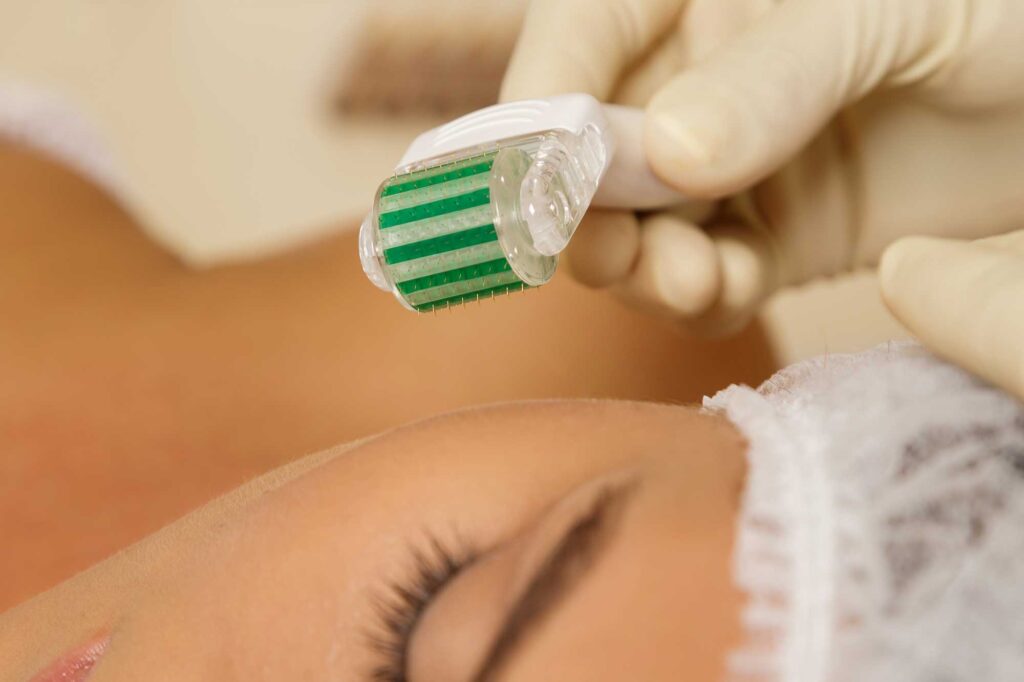
What Happens During a Professional Treatment?
In a clinical setting, the provider uses a motorized device with fine needles that puncture the skin to a controlled depth – typically between 0.5mm and 2.5mm depending on the area being treated. The face, neck, and décolletage are all fair game, but each has different sensitivity levels.
They may apply numbing cream first, then glide the pen-like device across the skin in several passes. The treatment itself takes about 30–45 minutes. Afterward, your skin will look red and might feel tight or warm for a day or two.
Providers typically recommend starting with three to four sessions spaced four to six weeks apart. Maintenance treatments every few months can help keep results going.
Is At-Home Microneedling Worth Trying?
There’s a growing market for at-home rollers and microneedling pens, and for the right person, they can offer solid benefits. But they’re not a direct replacement for professional-grade devices.
Home tools use shorter needles (usually 0.2–0.5mm) and don’t reach the deeper layers where collagen is built. What they do offer is:
- Gentle surface stimulation
- Improved product absorption
- More consistent, lower-risk use
That makes at-home microneedling more about maintenance and prevention than major repair. If your skin is in relatively good shape and you’re aiming to maintain elasticity and brightness, this route could work well.
How to Use an At-Home Device Safely
Safety and hygiene can’t be overstated here. At-home microneedling involves puncturing your skin. Done wrong, it can lead to long-term damage.
- Sterilize the device before and after each use with 70% isopropyl alcohol.
- Never share your roller or pen with anyone.
- Use on clean, dry skin and avoid makeup or active skincare right before.
- Apply a barrier-supporting serum afterward – think peptides, hyaluronic acid, or centella asiatica.
- Avoid retinoids, acids, or vitamin C immediately afterward as they may sting or irritate compromised skin.
- Don’t overdo it. Once a week is typically enough for mature skin. Too much microneedling can cause inflammation or slow healing.
Signs You Should Stick with Professional Treatments
If your skin is especially delicate, already struggling with conditions like rosacea, or you’re nervous about hurting yourself, it’s best to leave microneedling to professionals. Some results – like major improvement in deep wrinkles or laxity – simply require deeper penetration than home tools can provide.
Other reasons to consider professional help include:
- History of scarring or pigmentation issues
- Prior skin cancer
- Recent cosmetic procedures
- Immune-compromising conditions
A skincare professional can also tailor the treatment depth and frequency to your specific needs – something a home device can’t offer.
How to Support Mature Skin Post-Treatment
After microneedling, your skin is more vulnerable and absorbent. What you do in the 72 hours post-treatment matters.
Use hydrating and repairing products only. Skip acids, exfoliants, and retinoids. Stick with ingredients like:
- Panthenol (Vitamin B5)
- Niacinamide (in low concentrations)
- Aloe vera
- Hyaluronic acid
- Peptides
Always apply sunscreen, even indoors. After microneedling, your skin is especially sensitive to UV damage – even mild exposure can reverse your results.
Microneedling has real potential for mature skin – but it’s not a quick fix. With the right approach, it can reduce wrinkles, restore smoothness, and make your skin more responsive to the products you already use. Whether you go the professional route or ease into it at home, results come with patience and care.
If you’re thoughtful about your routine and realistic about what microneedling can and can’t do, it can become a valuable part of your skincare toolkit.



